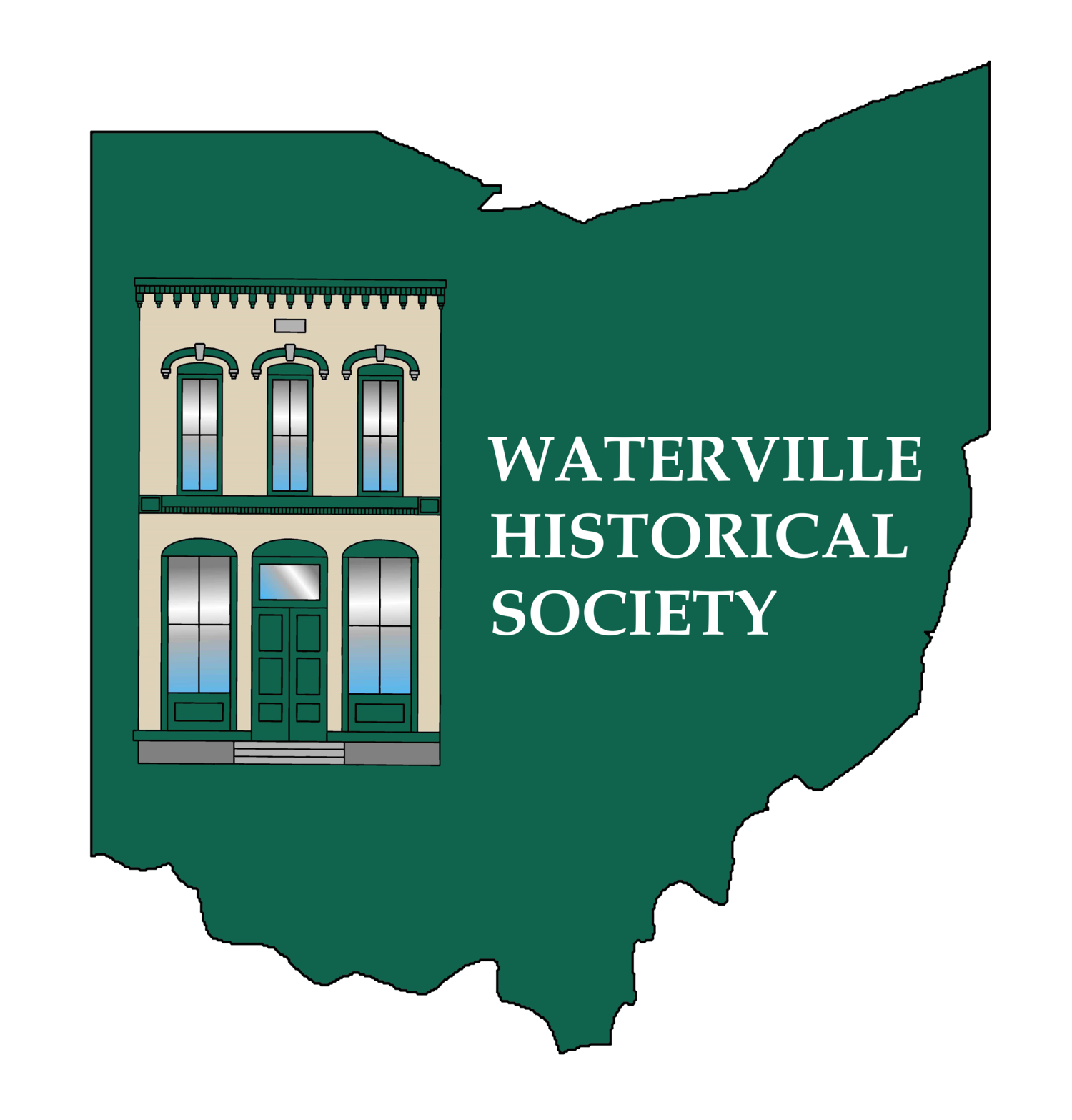THE BIG ISLAND
Photo by Art Weber courtesy of National Center for Photography as seen in The Mirror 10/4/2012
No, not Hawaii! OUR big island in the Maumee River at Waterville which at 246 acres is the largest island in the entire river valley. It seems that we don’t know what to call it since it has gone by a number of different names through our recorded history. We don’t even know what the Indians called it and they were there long before the French and English arrived. The early travelers simply called it the “Main Island” which is our first recorded name. In the 1760s the Ottawa Chief Pontiac established towns along this part of the valley including on the island. General Anthony Wayne’s legion decimated all of these towns in their 1794 march down and back up the valley. The Treaty of Greenville placed the island within the twelve mile square reserve (centered at Fort Meigs) but it was re-occupied by the Ottawa Indians, as were many locations up and down the river. The local natives were now more settled into towns or villages, usually known by the name of the chief, where they farmed and hunted in the surrounding forests and fished in the river. The town on the island in the 1820s and 1830s was called “Nawash Town” and the Neowash Road which runs straight to the island in the river is an English aberration of that name.
The Western Presbyterian Missionary Society of Pennsylvania in 1822 purchased the island and 372 acres of land in Wood County southeast of the river and established a mission to educate and Christianize these local village people. The large building they built on the banks of the river next to the island was called the Indian Missionary Station which led to the various names given to the island. (Along Route 65 about 2 miles past the ghost town of Miltonville is a marker put there by the Ohio Revolutionary Memorial Trail. In 2023 it is now found at the Otsego Park, a Wood County Park on Route 65 about 2-3 miles up river from where it was originally) It was then (and to this day) known as Missionary Island, but also Station Island or Mission Island. The mission run by the Rev. Isaac Van Tassel and his wife Lucia, operated for only twelve years as the Indians were removed to Kansas in the mid to late 1830s. Missionary Island was sold to various settlers who farmed the rich bottomland by transporting their horses and machinery to the island by barge.
In early 1900s the island was owned by a Parker family and primarily Ross Chauncy Parker who developed the island into a summer resort with waterfront lots around the outside and recreation such as golf, tennis, horseback riding, etc. in the interior. Many Watervillians remember picnics on the Island and the great terrazzo dance floor at the downriver end. A pontoon bridge was built from the Waterville side to the Island. The Parkers chose to call it Indianola Island but folks also called it Parker’s Island. The depression era of the 1930s put an end to Parker’s plans and he went bankrupt, as did many other businesses. The island was returned to farming until purchased by the State of Ohio in 1969 and allowed to return to nature. Today it is Missionary Island although frequently also Indianola Island --- so we are still confused.
